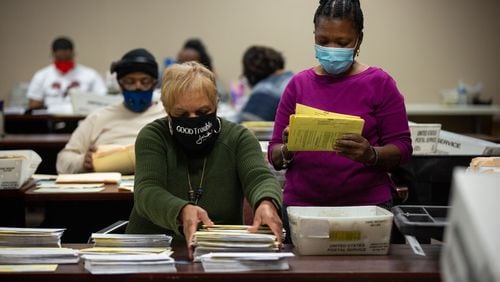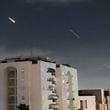Information about the Lovett School and the Siempre Verde program is online at www.lovett.org.
For 25 years, the Lovett School in Buckhead has established close ties to a community so remote it’s considered cloud forest. The connection is multifaceted, involving ecological and environmental learning, language skills, outreach and personal growth and development.
It’s all done in the school’s natural laboratory, Siempre Verde, an 825-acre expanse with elevations as high as 11,000 feet that sits on the side of a volcano in the mountains of Ecuador.
“When we started going there in 1990, we typically had one trip a year with 10 or 15 students,” said Alex Reynolds, the Siempre Verde director. “They sold pizzas and T-shirts to raise money for supplies to take back to the local school. But in 1992, the parents asked if there could be a more permanent presence, and we acquired the deed to the property.”
The interest in the natural environment and the outreach program has grown substantially since then. Lovett currently sponsors several annual trips that take about 50 visitors a year to the site. Participation is also open to other public and private schools as well.
What draws many students to the northwest corner of South America is the chance to explore nature that doesn’t exist in Atlanta, to learn about another culture and language, and to experience living without the advantages of technology.
“We have a lodge and facilities for 28 people, but there is no electricity; we’re completely off the grid,” said Reynolds. “It’s almost like going back in time.”
Students spend two days trekking from Quito to the village of Santa Rosa for the hike up the hills to Siempre Verde. During their stay, they work on trail maintenance, construction projects and environmental education programs.
“There’s a waterfall on the property, but it takes a few hours to get to,” said Reynolds, who also teaches biology and botany. “As we hike through the forest, students can touch, feel, see and hear what’s around them. We work on comparisons to what they know from home about ecology, natural history and watershed ecology. We also do several environmental sustainability projects that show kids what I really like: the origin of products like coffee that they see in the grocery store. We go to a sugar cane processing facility and look at other crops that are grown there.”
Students also spend two days visiting nearby towns. “We go into the schools and bring supplies like sports equipment and books,” said Reynolds. “The families there are subsistence farmers, so they don’t have a lot, and they appreciate anything we bring.”
Junior Naomi Tesema visited Siempre Verde during her sophomore year after hearing the positive experiences of students and learning about the opportunities it presented.
“I thought it would be an unforgettable experience, and if I didn’t go, I’d regret it,” said the 17-year-old. “I got to meet people, learn about another community and experience a different culture. I don’t even speak Spanish, but I learned a few useful phrases that I used at the market.”
Tesema’s trip included delivering supplies and soccer cleats to a school in Santa Rosa. “I was so surprised at how small and rural the city is, but its natural beauty was something I didn’t expect,” she said. “If I have the chance, I will go back.”
To date, 100 of the 650 upper school students have been to Siempre Verde. Now, Reynolds is launching trips for rising sixth graders to go with their parents as part of a service project.
“These trips not only raise global awareness; they expand horizons,” he said. “At least a quarter of the students tell me it got them out of the ‘Buckhead bubble.’ It’s more than they can comprehend in a week. But they’re willing to step out of the classroom, knowing it’s going to be hard.”





